Do Australian cattle in the live export industry have the right to be killed quickly and without pain? Or should they be tortured and subjected to a slow death?
Following the release of graphic videos taken by Animals Australia in the slaughterhouses of Indonesia, Australians have been brought face-to-face with the horrific aspects of Australia’s live cattle export industry.
The cries of pain and agony of Australia’s finest cattle as they are beaten before slaughter have not gone unheeded. Thousands of Australians have voiced their protest, demanding that live Australian cattle exports to Indonesia be stopped immediately.
Over 3000 pages of signatures have been left at the agriculture minister’s office and the prime minister’s department has been flooded with e-mails. A national TV ad campaign, funded by Australia’s leading community advocacy group Get Up, plus the RSPCA and Animals Australia, is calling on the Gillard Government to end live exports.
The graphic videos released on ABC’s Four Corners on May 30 showed the brutal methods used routinely in Indonesian abattoirs. There are hundreds of abattoirs in Indonesia where Australian cattle are processed and representatives of Animal Australia have filmed 11 of them in a bid to stop the torture.
The Executive Director of Animals Australia, Glenys Oogjes, says she believes this method to be common practice throughout Indonesia.
“The 11 abattoirs we visited are only a tenth of the different places that our animals go into; they were selected randomly. We believe the same cruelty, the same cruel methods are being used in every one of the abattoirs that our animals go to,” Ms Oogjes said in a statement.
And it appears that these problems are not new. “Meat and Livestock Australia, representing the meat industries, and Live Corp, representing the live export industries, have known about the problems in Indonesia for probably 18-20 years,” she said.
The CEO of Live Corp, Cameron Hall, said that the industry had been aware of the brutal methods used in abattoirs and had introduced stun guns in an effort to curb the horrific practices.
“The industry has been working hard to introduce stunning into Indonesian abattoirs for some time and we are accelerating this work so that stunning is adopted in more facilities by the end of the year,” he said.
According to Mohamed El-Mouelhy, the chairman of Halal Certification Authority Australia, stunning is completely acceptable under Halal. It is done in Australia and throughout Europe, and Indonesia willingly accepts Halal meat products from overseas abattoirs known to use stun guns, he told Fairfax Media.
Ms Oogjes says it is true that stun guns are used in Indonesia, but to Animals Australia’s knowledge, only four abattoirs out of the hundreds are stunning the animals before killing them. Australian industry presence in Indonesia has made little progress in the past two decades to achieve this.
“Putting live exporters in charge of animal welfare is like putting tobacco companies in charge of the public health system,” Ms Oogjes said.
RSPCA Australia chief scientist Dr Bidda Jones conducted a full scientific assessment of the evidence from this investigation and found that every slaughter facility visited breached international animal welfare standards.
“Through my analysis, I found that the majority of animals were subjected to physical abuse, such as tail twisting, hitting, kicking, eye gouging and even tail breaking or tendon slashing. One Brahman steer with a broken leg was tortured for 26 minutes before being killed,” said Dr Jones.
According to Dr Jones, tax payers in Australia help to fund the restraint Mark 1 boxes extensively installed by the live export industry in Indonesia.
“The most galling aspect of this evidence is that the industry’s installation of Mark 1 boxes has entrenched a system of restraint and slaughter that causes significant suffering, and that would be illegal in Australia,” she said.
The controversy has raised an important question–Could the $300 million-a-year live export industry be replaced by the meat trade?
“Absolutely,” said Ms Oogjes. “Already, we get more money from boxed meat that is frozen and chilled sheep meat to the Middle East than we do from live export. The same can happen in Indonesia ... by replacing it, the animals can be killed in Australia under Australian conditions.”
Australian Minister of Agriculture Senator Joe Ludwig has issued a ban on exports to the 11 documented abattoirs and says they are currently being investigated.
According to ABC Rural Network, last year, Australia exported 700,000 live cattle to Indonesia, where the animals were processed in 693 licensed slaughterhouses and abattoirs. The RSPCA says these figures could mean Australian cattle are being killed at any of those locations, not the just the 100 already known.
Meat and Livestock Australia concedes it doesn’t know where all Australian cattle are killed.
See the ABC’s Four Corners story.
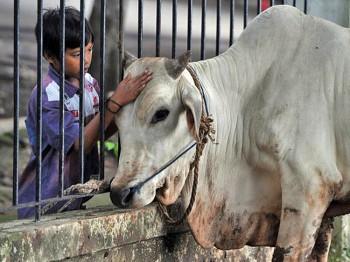
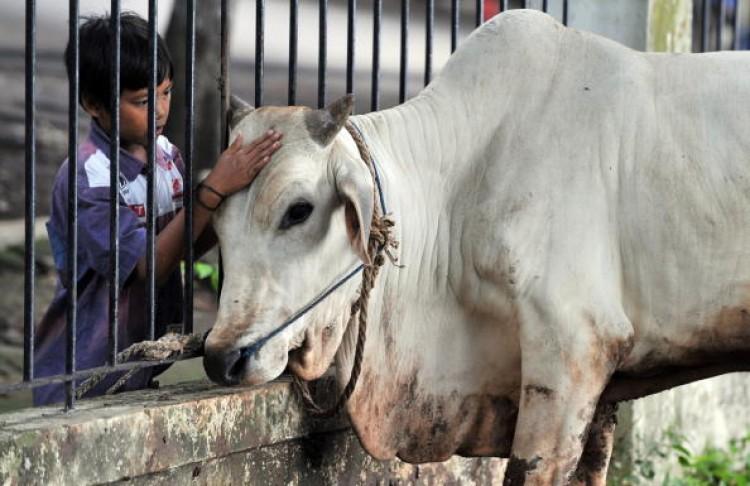
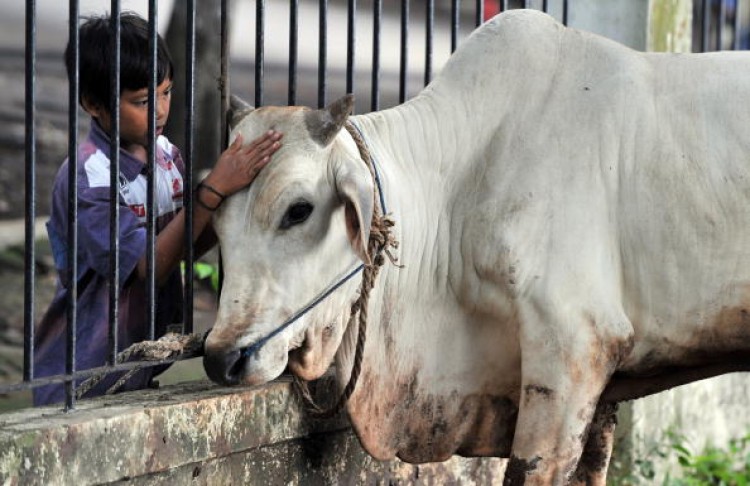
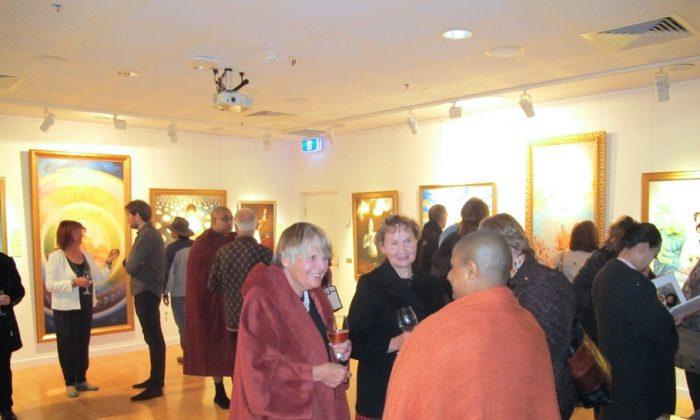
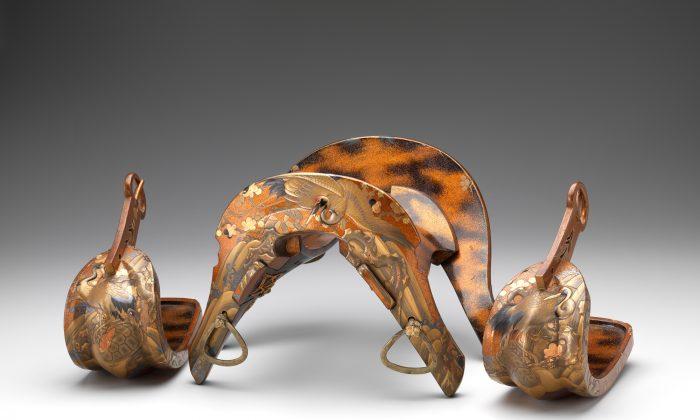
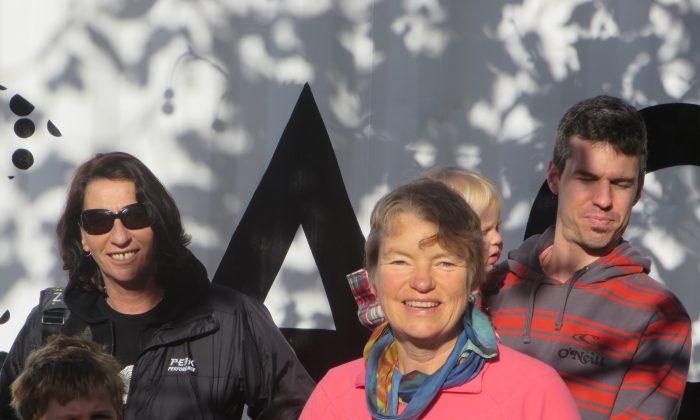
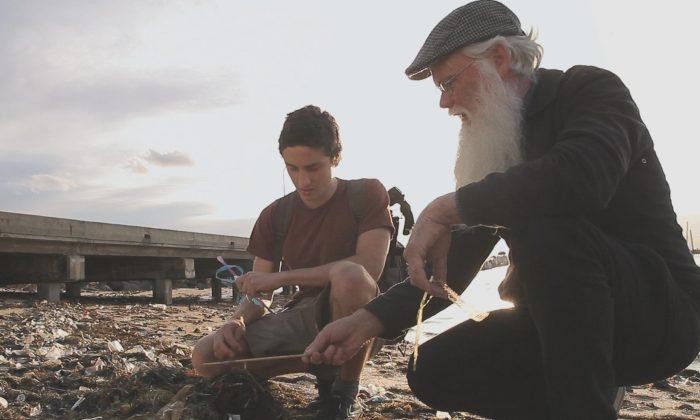
Friends Read Free